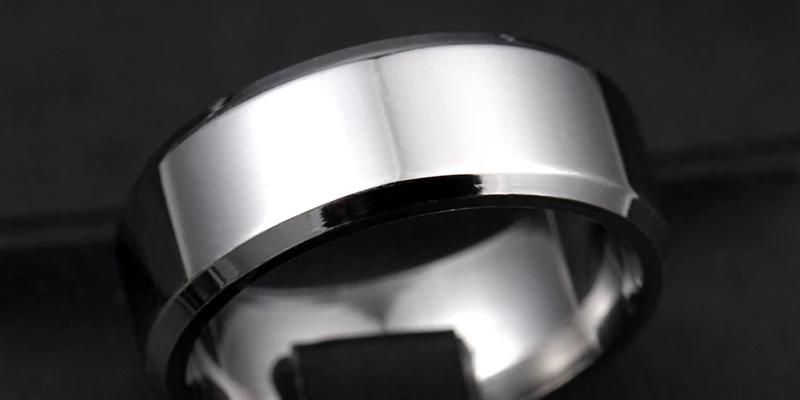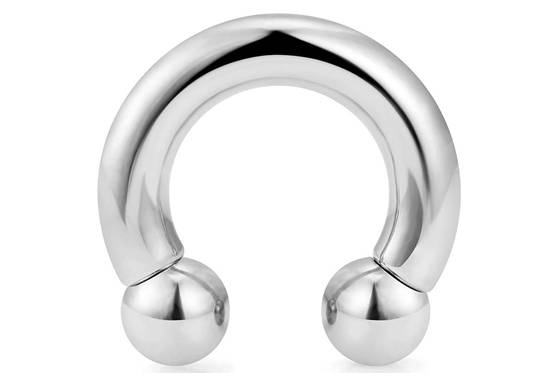- November 11, 2022
Titanium polishing is an important aspect of titanium part surface finishes that includes several techniques. It majorly removes material from the titanium part’s surface to smoothen it. Polishing the titanium metal part improves intrinsic properties such as biocompatibility, strength, corrosion resistance, wear resistance, and high-temperature resistance.
While advantages, titanium polishing should be a stepwise procedure to avoid mistakes and undesirable results. As a result, this article will introduce titanium polishing so that you can understand how to polish titanium and the application of the process in industries that use titanium material.
What is Titanium Polishing?
Titanium polishing is a process that uses a buffing wheel and a polish wax to reduce the roughness while increasing the physical appearance of a titanium part’s surface. After machining titanium, polishing occurs to give the titanium part additional protection and a better surface finish (leaving a Ra of 0.1-0.05 micrometer).
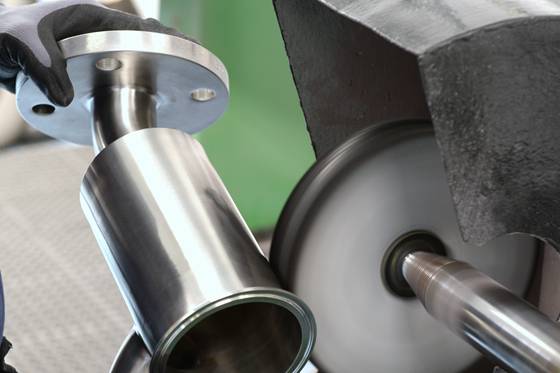
Furthermore, the polishing process gives you a high level of control as it allows polishing small and complex titanium parts with great precision. However, the final color and texture of the final part may vary depending on the condition of the unpolished titanium and the sandpaper grade used.
How to Polish Titanium with A Mirror Finish?
Just like most surface finishing techniques, polishing a titanium part is an easy process. Follow the steps below on how to go about the process:
Step 1: Degreasing and Cleaning Process
Titanium manufacturing processes can leave dirt and residues of oil and grease on a titanium part. As a result, it is essential to prepare the surface before any finishing process using the sub-steps below:
- Remove oil residues using degreasing agents, e.g., spray rinsing;
- Fill a bowl with enough clean water;
- Submerge the titanium part in clean water;
- Add a small quantity of your preferred cleanser (e.g., mild soap, ammonia, or glass cleanser) ;
- Leave for a few minutes;
- Rinse with warm water and dry with a clean towel.
Note: Do not use chlorine, bleach, or any other chemical that could affect the properties and aesthetical quality of the titanium part.
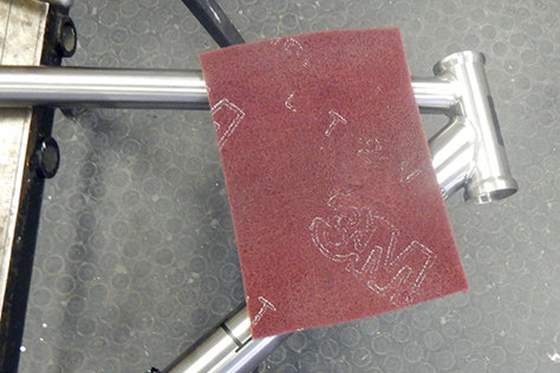
Step 2: Sanding process
Use sandpaper to smoothen the surface. The sanding process is similar to the precision grinding process. With sanding, you remove the oxidized layer and a very thin titanium coating. Sanding also improves the adhesion of the metal polish. To do this:
- Apply a lubricant on the titanium part’s surface;
- Place the sandpaper on a hook pad attached to a drill;
You can use different grades of sandpaper. Usually, you start with rough grades and go all the way to smooth grades. For instance, you can start with 200 grit sandpaper, then move to 800 grit sandpaper and go as high as 2000 grit sandpaper, depending on how you want the surface to be. - After, apply a lubricant on the sandpaper;
- Place it on one edge of the titanium plate and move over horizontally till it gets to the other edge.
Do this till you’ve covered the entire surface of the part. Repeat for the different grades of sandpaper.
Note: It is important to apply gentle and even pressure to all areas to have even surface patterns during this part of titanium marking.
Step 3: Buffing Process
The buffing process gives the needed shiny glass-like appearance. To go about this:
- Clean the titanium surface with an alcohol-based cleanser;
- With a metal polish and a buffing wheel, polish the titanium surface. Apply water intermittently to lower the generated heat.
Step 4 Final Finish
Even after buffing, the part may have marks on it. To conceal these marks,
- Apply a paint polish to a clean towel;
- Rub the part with the clean with even pressure on the surface until it gets visibly darker;
- Spray the surface with water and leave it to dry;
- Apply the sealant on another towel;
- Rub the towel on the titanium surface;
- Leave to dry;
- Wipe with a clean towel to remove excess liquids.
Different Types of Surface Finish for Titanium Polishing
Based on the polishing force, speed, and the buffing wheel used, there are different surface finishes for titanium polishing in part manufacturing:
Rough Polishing
For rough polishing of titanium parts, use an abrasive buffing wheel made of silicon oxide and titanium polish wax. Here, the polishing force is minimal. Rough polishing is best to round off the corners of the titanium part.
Medium Polishing
Rough polishing may leave visible lines with a dull surface. Matting abrasive wheels made of aluminum oxide and polish wax can fix this. This increases the surface brightness and smoothness.
Fine Polishing
Fine polishing gives the titanium part a more reflective, i.e., fine surface. To achieve this, use an uncombed soft cotton buffing wheel and a mirror wax polish to exert more pressure on the part surface.
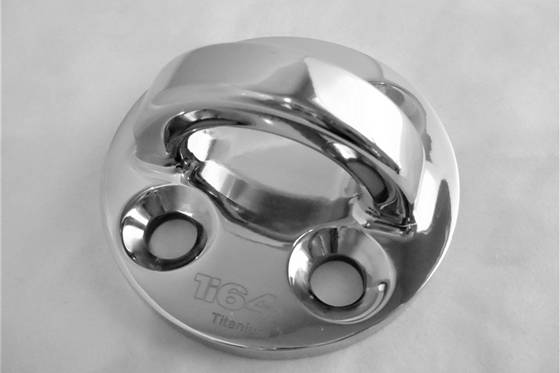
Mirror Polishing
Mirror polished titanium parts have a mirror-like surface finish. You can achieve this using a combed soft buffing wheel made of cotton and polished wax. Usually, a buffing wheel is ideal as it allows you to polish hard-to-reach places on your part.
The Benefits of Polishing Titanium Parts
To many manufacturers, a good finishing process is as important as the manufacturing process. Titanium finishing offers many advantages, including but not limited to the following.
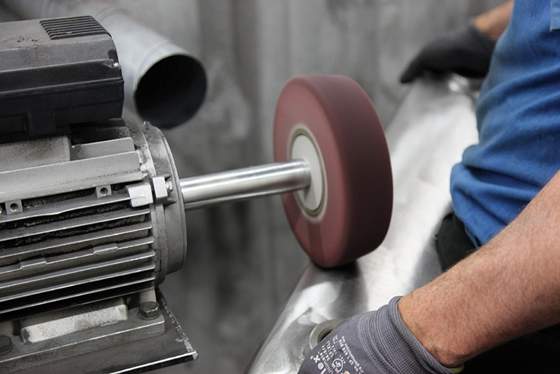
Improved Aesthetics
The appearance of a product is just as important as its function. Polished titanium has better usability and enhanced functionality. This is because good surface polishing improves the texture of a titanium part, leaving a professional-grade gloss on the surface.
Stronger Electrical Conductivity
Typically, titanium is a poor conductor of electricity. Electrical conductivity is one of the most important properties of a good metallic part. With good surface polishing, electric current can pass through the titanium part with little resistance. This makes polished titanium useful, especially in the automotive industry.
Optimize Resistance
Corrosion not only renders a part useless, but it may also lead to the ultimate destruction of the metal. Though titanium metal is resistant to solutions of many chemicals, polishing improves its corrosion resistance property.
Also, a titanium part wears out easily, leading to a gradual deterioration of its surface and function. A well-finished titanium surface reduces the frictional force when it comes in contact with another surface, thereby preventing wear.
Improved Longevity
A long-life span during usage is one of the many important qualities manufacturers watch out for. Generally, a metal part with a good surface finish is more durable and will last longer. Polished titanium parts are more resistant to many deteriorating environmental factors. As a result, this guarantees that the finished part will last for many years.
Applications of Polished Titanium Parts
Polished titanium parts are applicable in many manufacturing industries because of the benefits, such as improved longevity, corrosion resistance, etc., they offer.
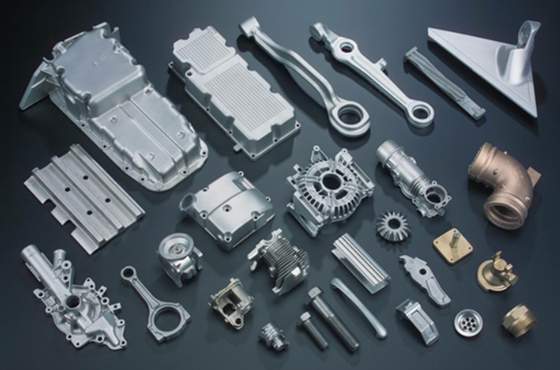
Aerospace Industry
The aerospace industry is the major user of polished titanium parts because they are lightweight with outstanding strength and corrosion resistance properties.
The material is applicable in making aircraft engine components due to its excellent heat transmission. Examples of polished parts include the fan, compressor blades, and many more.
Medical Industry
Manufacturers in the dental and orthopedic field use polished titanium in making parts such as dental implants, hips, and knees. Titanium is highly important here due to its high resistance to the effects of chemicals from food. Also, they have high flexural strength, which reduces the dental implant’s breaking during strong impact.
Furthermore, when comparing titanium to aluminum and other metals, titanium is highly biocompatible. The human body does not reject them, nor do they trigger an immune response. So, medics use them as artificial joints for the hips, knees, and other joints.
Automotive Industry
Polished titanium has a high strength-to-weight ratio. Its light weight helps to improve fuel efficiency and lower the operating cost of a vehicle.
Manufacturers in the automotive industry mainly use titanium parts to make a car’s exhaust system. This is because it is a good conductor of heat, which reduces the risk of overheating. Also, its rust and corrosion resistance properties increase the lifespan of the exhaust system.
Additionally, manufacturers use them to make valves, brake calipers, electric vehicle batteries, and some other mechanical parts.
Marine Engineering
Titanium is the first choice for marine applications as the different types of titanium alloys are all marine grades. These grades are strong and highly resistant to corrosion, especially in seawater.
They are also applicable in seawater desalination as they can withstand the harsh effect of chlorine. Consequently, they replaced the conventional copper alloy pipes in this process. Titanium parts are the buildup components of several pieces of deep-sea equipment.
Jewelry Industry
Polished titanium parts have a unique mirror finish. As a result, they are popular jewelry materials. Additionally, its lightweight and non-toxicity have contributed to its use in rings, wristwatches, etc. Furthermore, they are good on sensitive skin and do not easily undergo wear, even with incessant use.
Other Titanium Finishing Options
In addition to titanium polishing, manufacturers use the processes below to give the part the needed surface finish.
Anodizing
Anodizing is an electrochemical process involving submerging the titanium into an electrolyte solution. Afterward, the operator passes an electric current into the solution.
This converts the surface layer of the titanium part to titanium oxide. Furthermore, the process thickens the natural oxide layer leaving it highly corrosion-resistant and durable.
Note: the anodizing process may affect the thermal conductivity properties of the titanium part.
Electroplating
Electroplating involves coating the surface of the titanium part with other metals, such as nickel. This improves the surface qualities and enhances the wear and corrosion resistance properties. However, this is time-consuming, and the waste generated may risk an individual’s health and the environment.
Brushing
This involves using different abrasive brushes to remove flaws and finish uneven titanium surfaces. The brushing process leaves an opaque surface that may not be as bright as a glass-like surface. Though brushing enhances the appearance of a part, it may alter its corrosion resistance properties. Its high cost of operation is another downside.
Powder Coating
This involves the application of plastics in dry powder form on the surface of the titanium. Powder coating gives a stronger surface finish compared to the traditional painting process. A major advantage is that this coating does not fade easily and can withstand harsh environmental conditions. However, this powder coating process is expensive and breaks down when it comes in contact with UV rays.
Conclusion
A good surface finish is as important as the part itself. Both the manufacturer and end-user enjoy the benefits titanium polishing offers. This is why the process must be done with caution. We have explained the process of titanium polishing and its uses in various industries. Feel free to contact us today to enjoy our premium part-finishing services.
FAQs
Can you polish old titanium parts?
Yes, polishing old titanium parts makes it as good as new. However, it is important to clean the part with a cleanser. You do this to remove the buildup of grease that may interfere with the polishing process. However, for deeper scratches, a professional may need to fill them before polishing.
What type of sandpaper works on titanium?
Generally, you can use sand papers made of aluminum oxide or silicon carbide for polishing. But because titanium is a strong metal, professionals recommend any grade of aluminum oxide sandpaper.
How do I choose a buffing wheel for titanium polishing?
There are different types of buffing wheels ranging from soft to the very coarse ones. Because they all have different buff hardness and stiffness, the desired surface finish determines the buffing wheel used.

